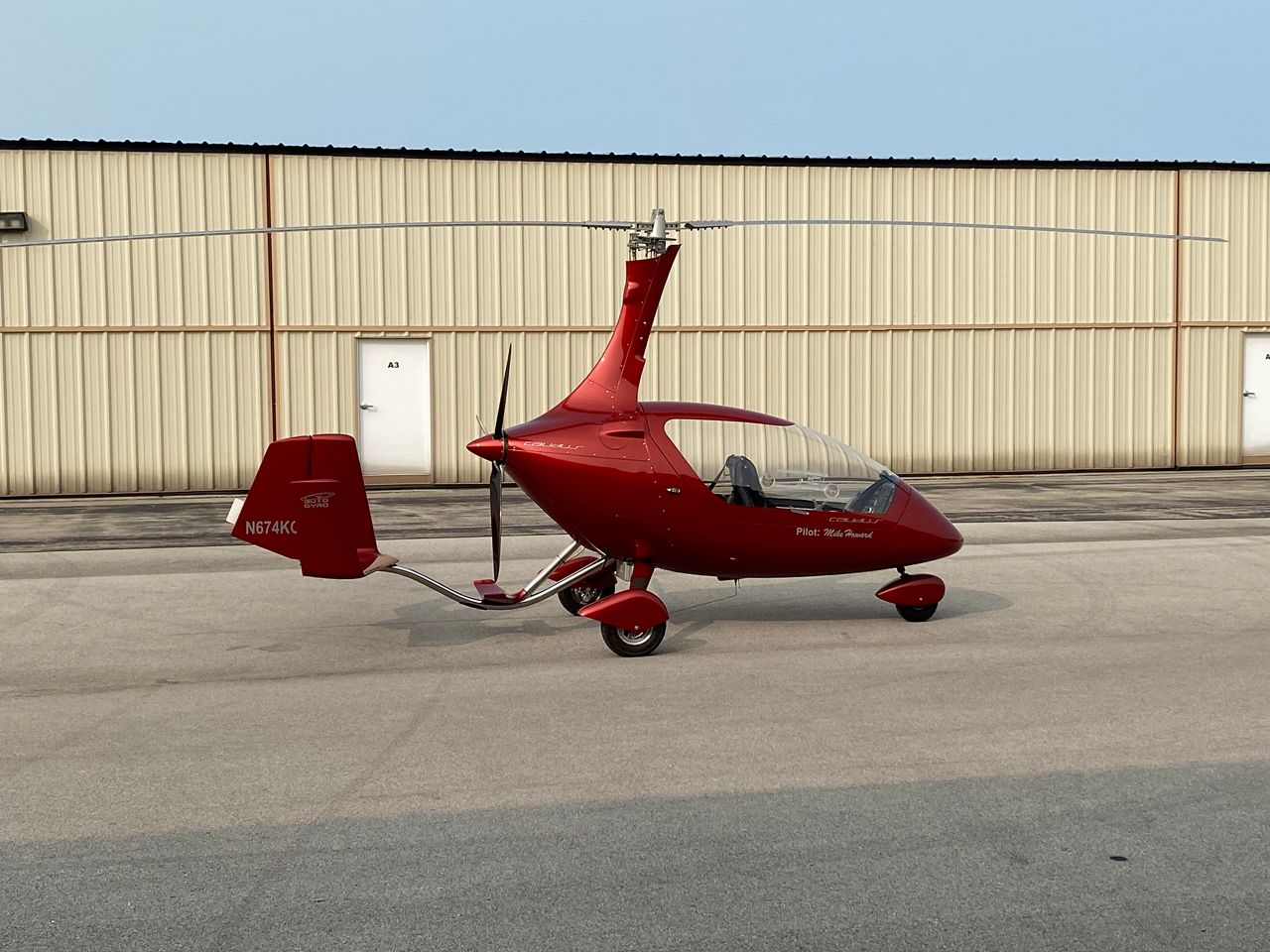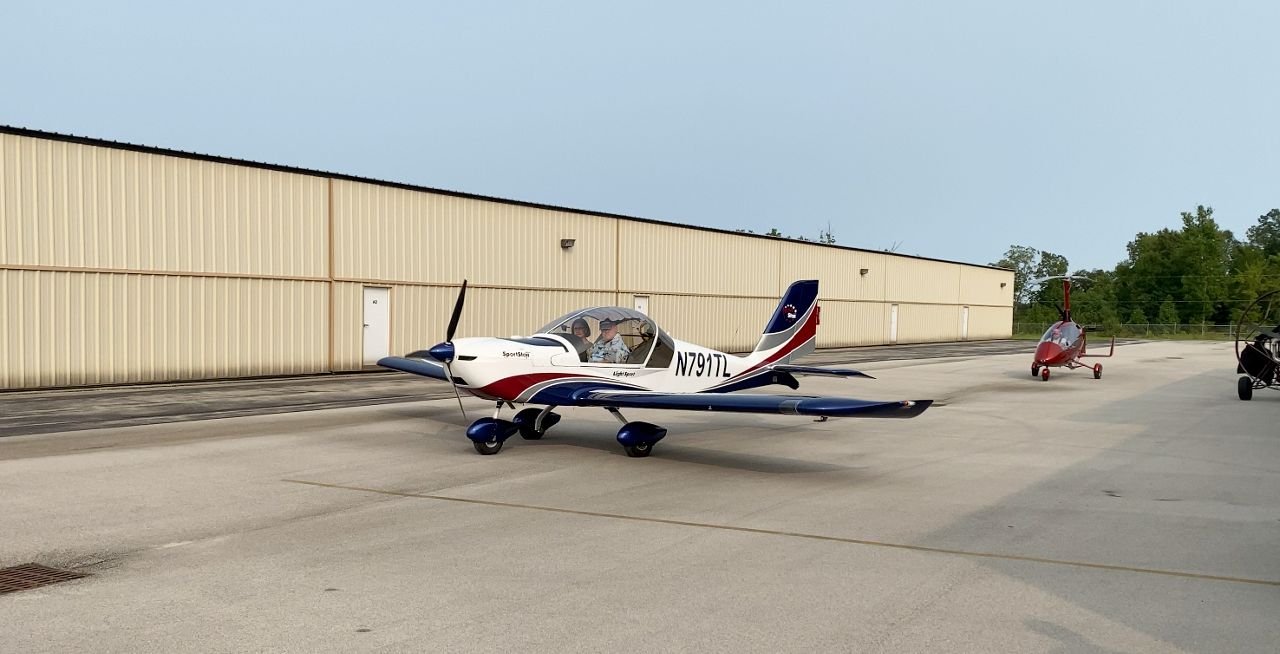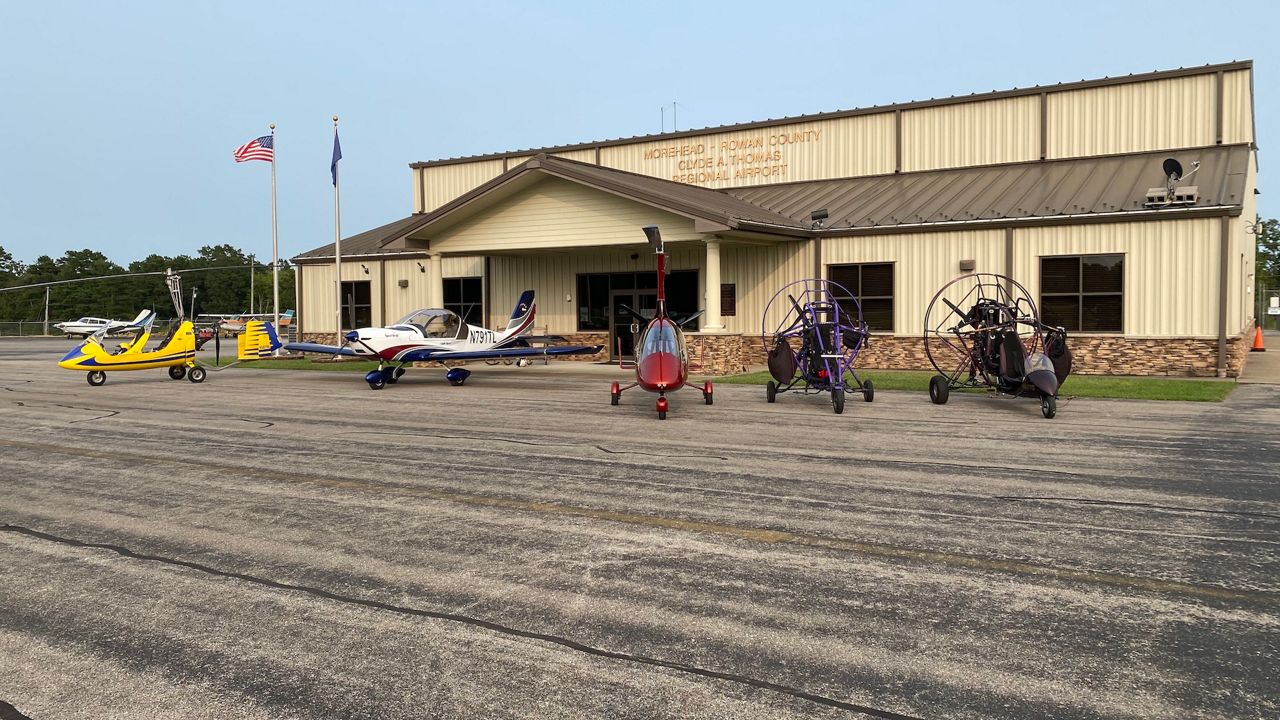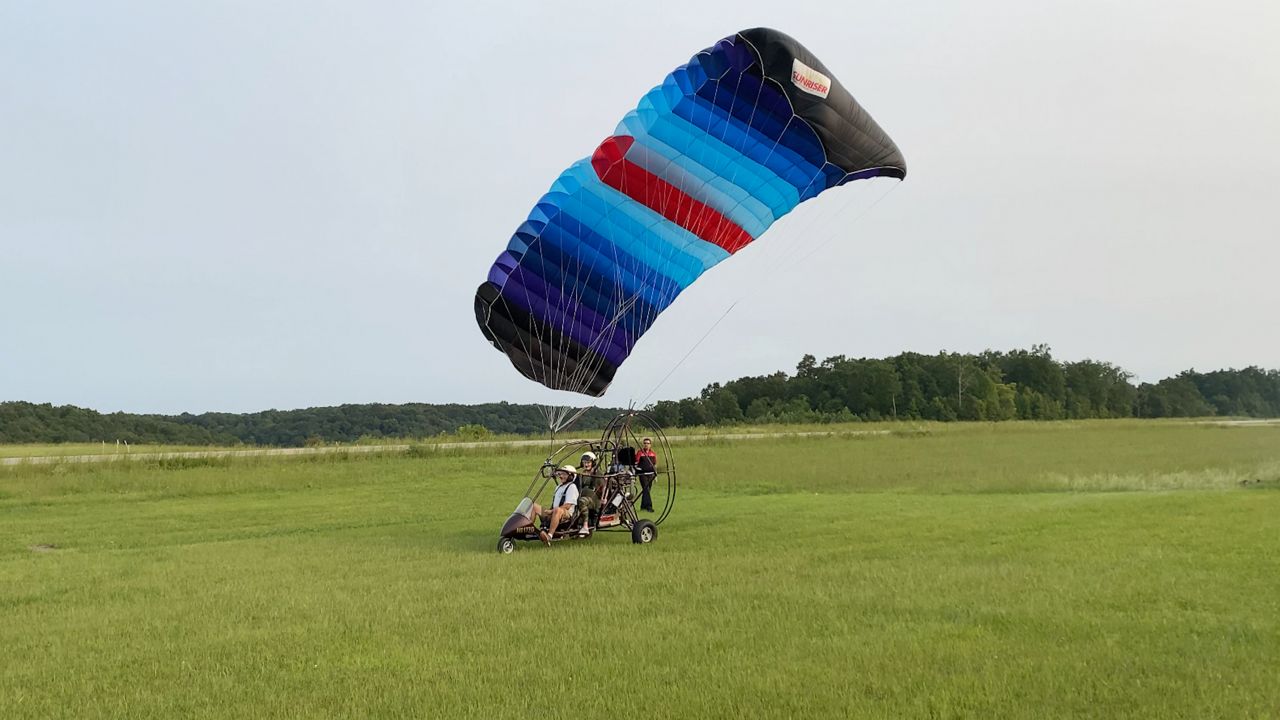LEXINGTON, Ky. – The Bluegrass State could soon be known for something other than race horses, bourbon, and basketball. The rolling hills, rural landscape and light wind of Central Kentucky have made it a haven for pilots of light sport aircraft.
What You Need To Know
- Hobby is gaining popularity
- Aircraft are inexpensive and low maintenance
- Licenses are relatively easy to obtain
- Flights used for hunting, photography, and law enforcement, among other things
A light sport aircraft (LSA) is a fairly new category of small, lightweight aircraft that are simple to fly. LSAs tend to be heavier and more sophisticated than ultralight aircraft, but LSA restrictions on weight and performance separates the category from established general aviation aircraft.
Several kinds of aircraft may be certificated as LSA. Airplanes, both powered and gliders, rotorcraft such as gyroplanes, powered parachutes (PPCs), weight-shift control aeroplanes, commonly known as trikes, and lighter-than-air craft such as free balloons and airships may all be certificated as LSA if they fall within the weight and other guidelines established by a local governing authority.

While LSAs may be becoming more popular among the masses, one Bath County man has been involved with LSAs for nearly 40 years. Dave “Super Dave” Lequire is owner of Kentucky Powered Chutes, and not only has he has been flying, selling, and servicing LSAs for four decades, he also offers the training required for one to become an LSA-certified pilot.
“Flying is statistically safer than driving, and LSAs are even safer,” Lequire said. “They have NASA-designed, ram-air inflatable wings and are self-stabilizing.”
Based out of the Morehead-Rowan County Clyde A. Thomas Regional Airport, Lequire was the first LSA dealer in Kentucky and one of the first LSA pilots. He said LSAs have been around for a long time, but he saw a significant jump in popularity around the year 2000.
“That’s when the machines became more modern,” he said. “Flying them has continued to grow in popularity ever since. Plus, a person can own a powered parachute for the price of a motorcycle, and maintenance is low and inexpensive. It’s a really affordable type of aviation.”

The PPC is the more common LSA and is also known as a motorized parachute or paraplane. A PPC is a parafoil chute usually made of ripstop nylon with a motor and wheels. It has a top speed of around 35 miles per hour, depending on the size of the motor, and typically operates at altitudes between 500 and 1,500 feet, but can be flown up to 10,000 feet. PPCs are also among the least expensive LSA, with a new, single-seat PPC costing as little as $10,000, while a two-seat PPC starts around $20,000. Top end two-seat PPCs may cost up to $35,000, depending on options. A PPC weighs between 200 and 500 pounds and has a flying range of around 50 miles.
“To fly a single-seated, powered parachute, you need ground instruction and flying time to earn a sport flying certificate,” Lequire said. “To fly the double-seated version, you need a minimum of a sport pilot’s license. For some people it’s hard to keep a medical certificate when they get older because they get medical conditions, so they’ll revert back as a private pilot. It ensures your ability to fly without losing your license.”
A group of LSA pilots gathered at the Morehead-Rowan County Airport Tuesday, Sept. 15, for an evening of flying and a variety of LSA were represented. Mike Howard, of West Liberty, was there with his one-seater autogyro, also known as a gyroplane or gyrocopter. Resembling a small helicopter, an autogyro is a type of rotorcraft that uses an unpowered rotor in free autorotation to develop lift. Forward thrust is provided independently, by an engine-driven propeller. Mark Matthews, of Bourbon County, flew his two-seater autogyro from the Georgetown Airport to join the group.

Tony Collier, of Grayson, and his wife, Julia, were in attendance with their two-seater PPC as was Dave Cooper, of Morehead, with his one-seater PPC and so was Tim James, vice chair of the Morehead-Rowan County Airport board and owner of an Evektor SportStar, a two-seater airplane that weighs around 750 pounds.
“Autogyros can get expensive, upwards of over $100,000,” Lequire said. “But a powered parachute, for a nice used one, you’re only going to pay $8,000 or $10,000.”
PPCs do not need an airport to take off or land, and many pilots choose and prefer to fly from backyard strips, small airports, and even mowed hay fields.
PPC pilots typically fly low and slow, and PPCs offer an excellent platform for sightseeing and photography. PPCs are also used in agriculture, and occasionally by law enforcement agencies and flight search organizations. Police departments have assisted with capturing suspects, river rescues, infrastructure over-flights, crime scene photos, narcotics enforcement and crime suppression at a fraction of the cost of a police helicopter.
It is generally illegal in the U.S. to actually hunt and shoot from any aircraft, except in limited circumstances, and a PPC is considered an ideal aircraft for initially scouting animal and herd locations in the days or weeks before a hunting season, due to its naturally slower flight characteristics.
Visit www.kentuckypoweredchutes.com or e-mail Superdav@windstream.net for more information about powered parachutes and other LSAs.



